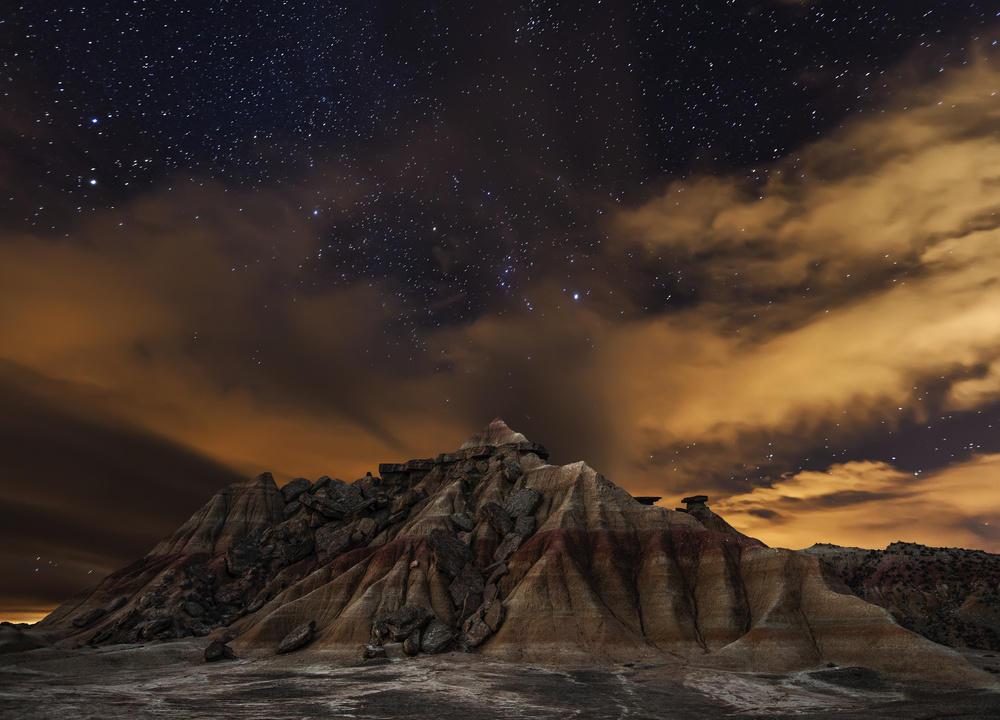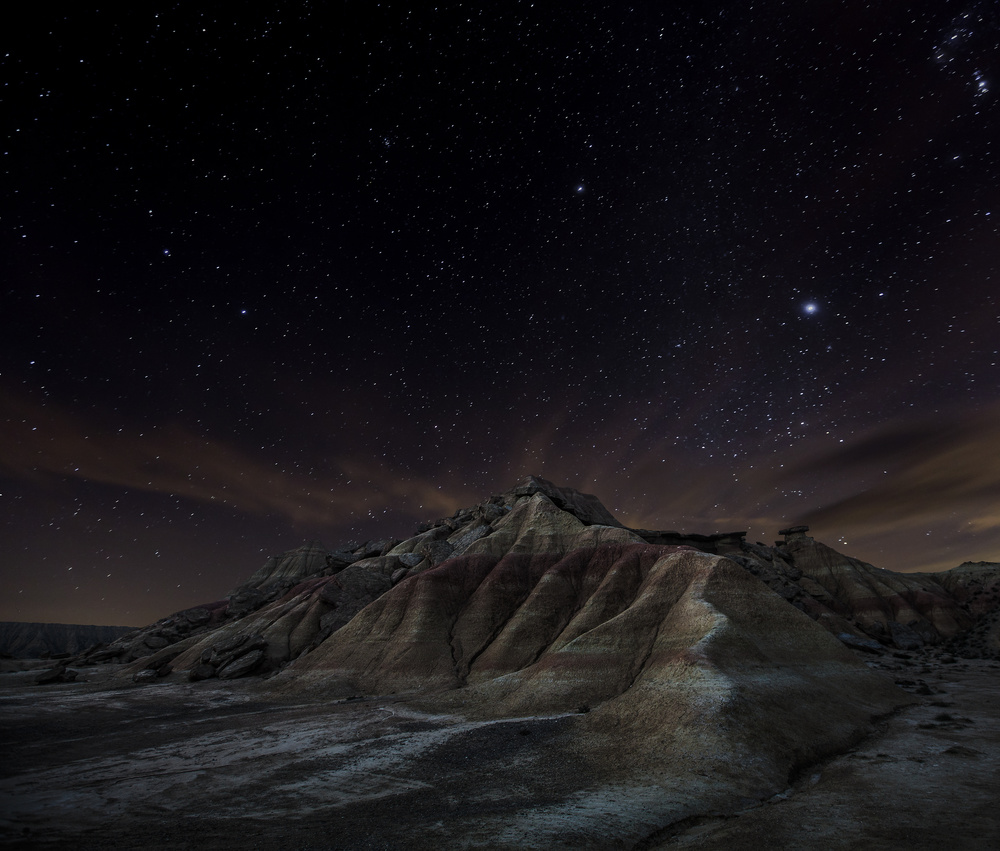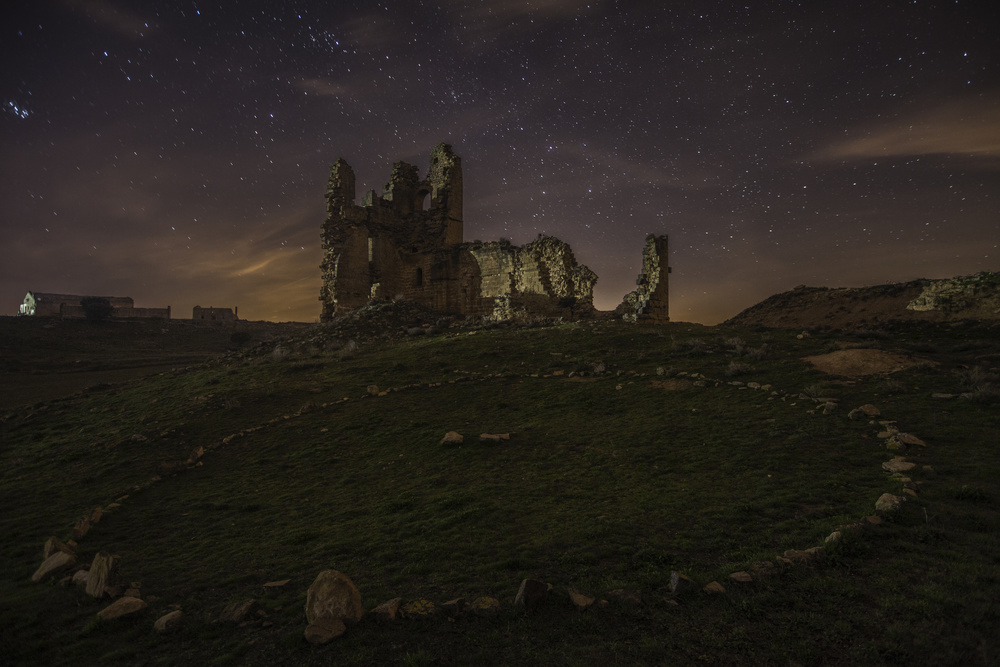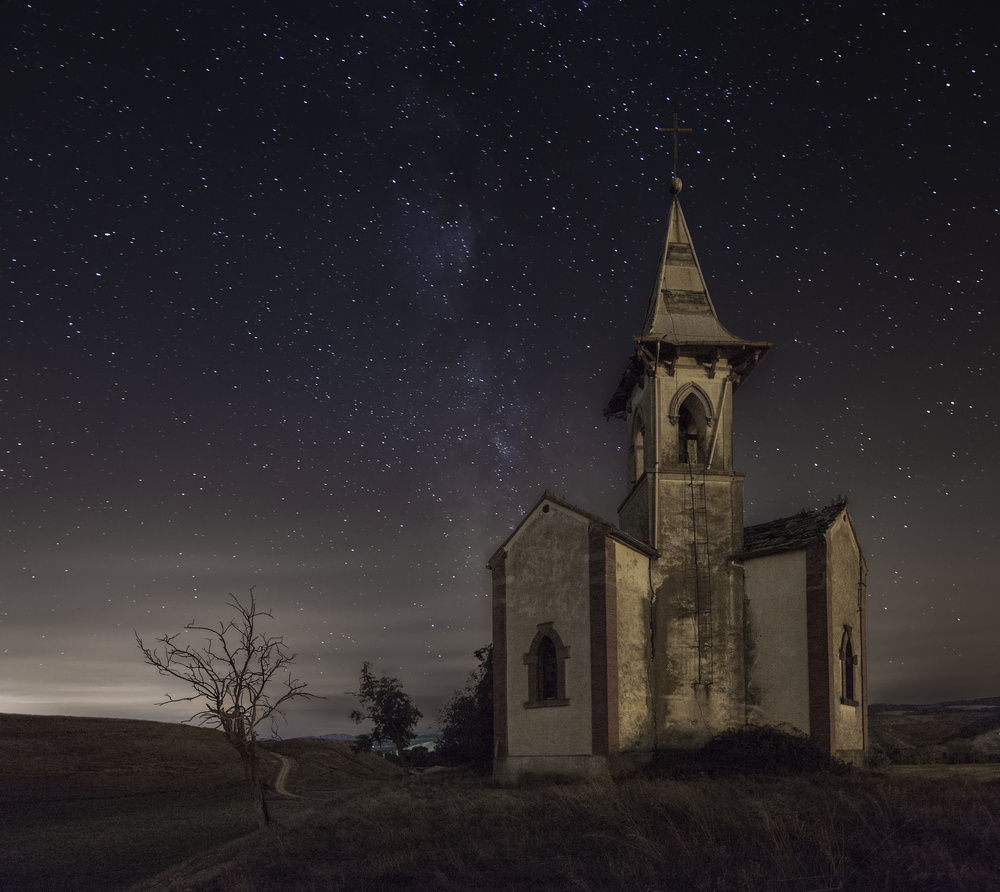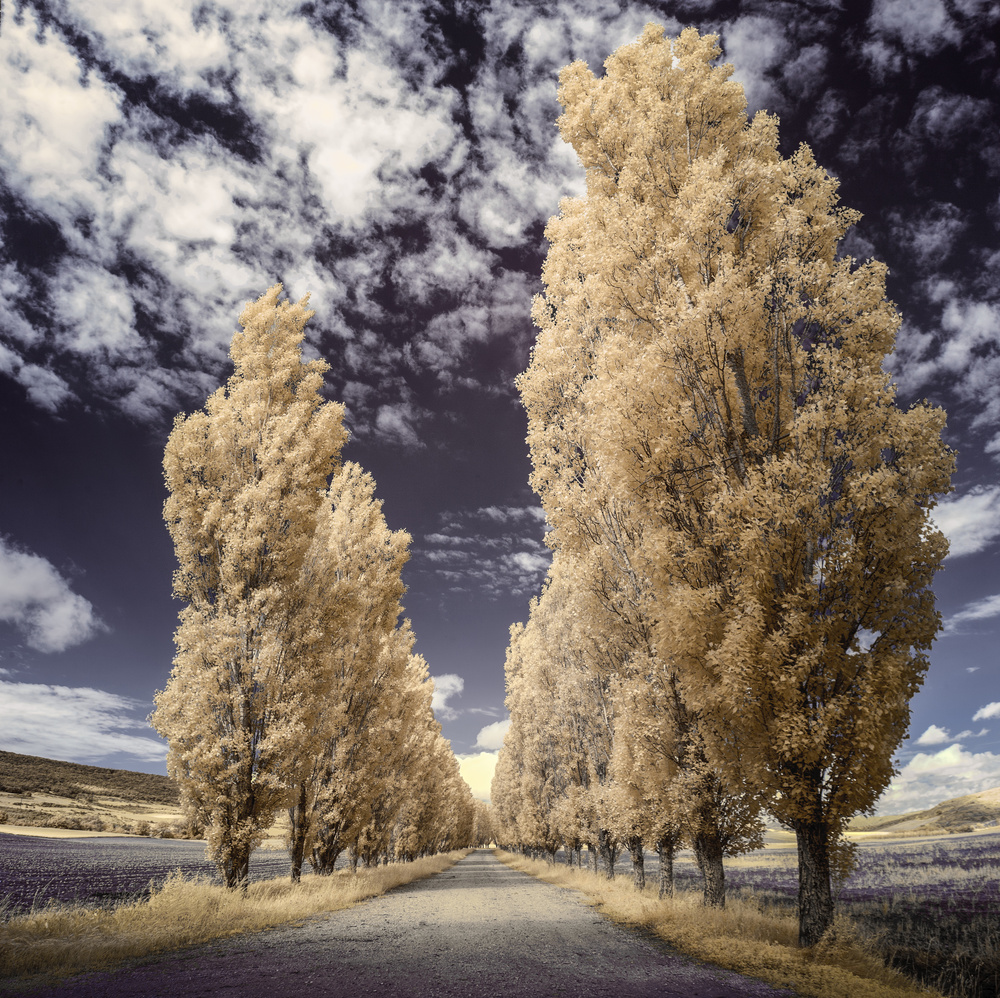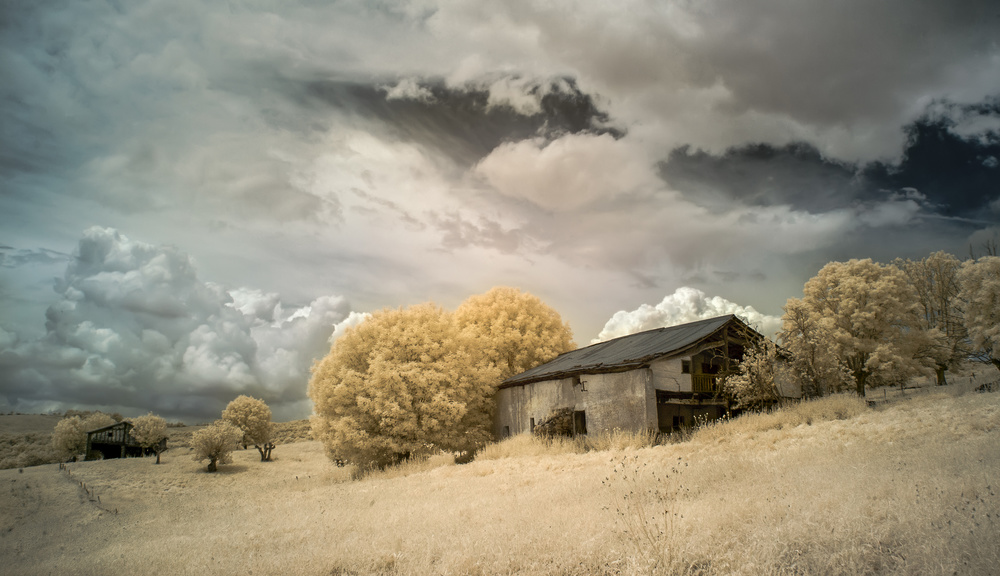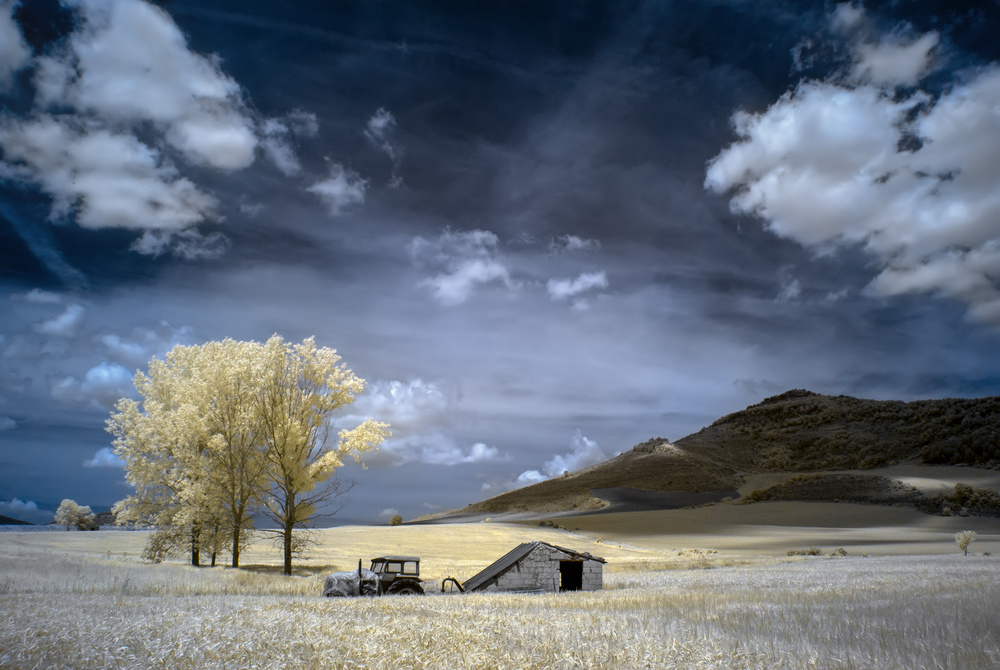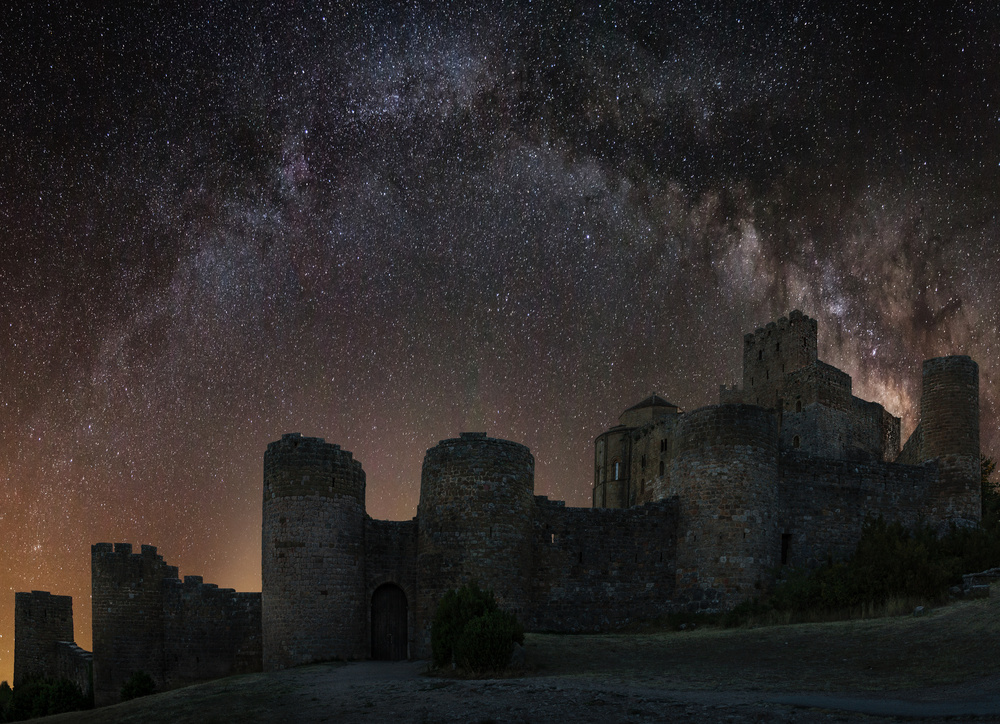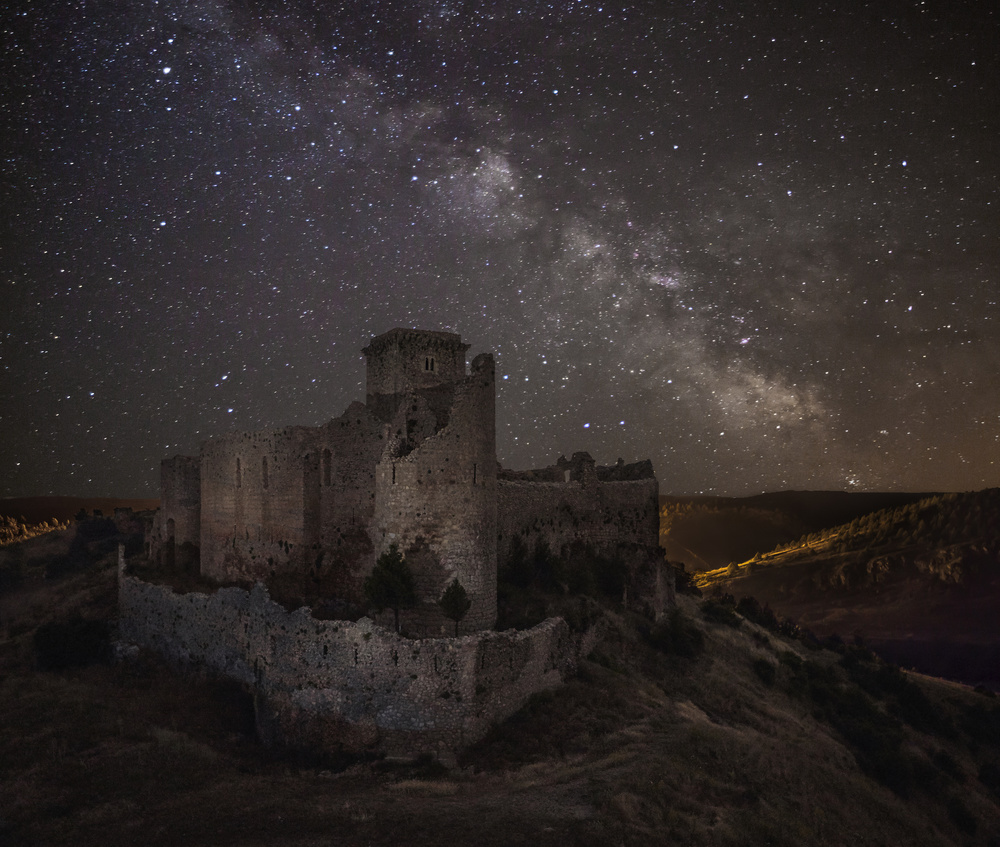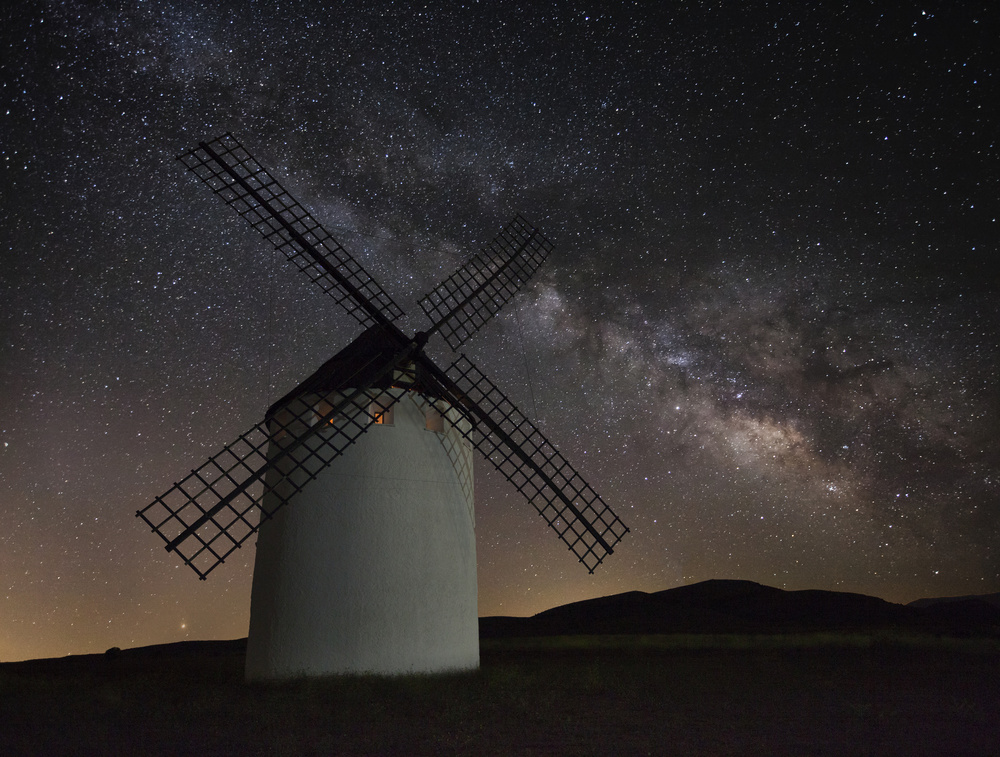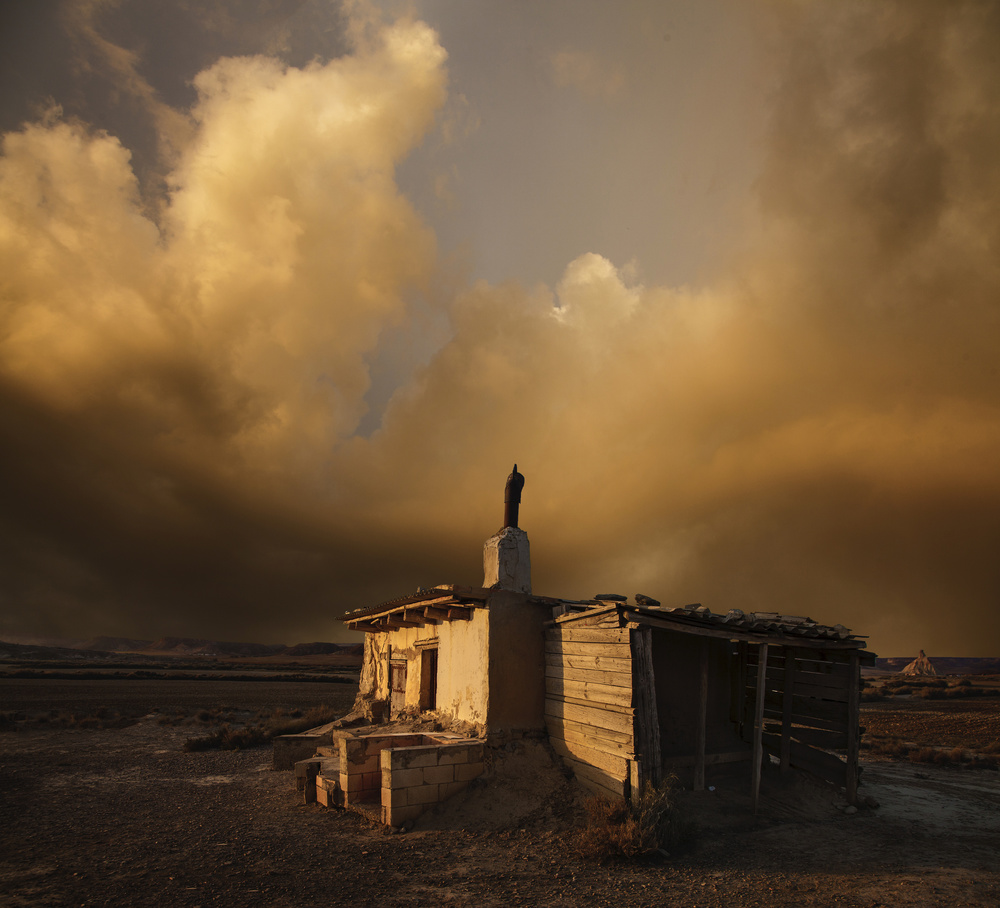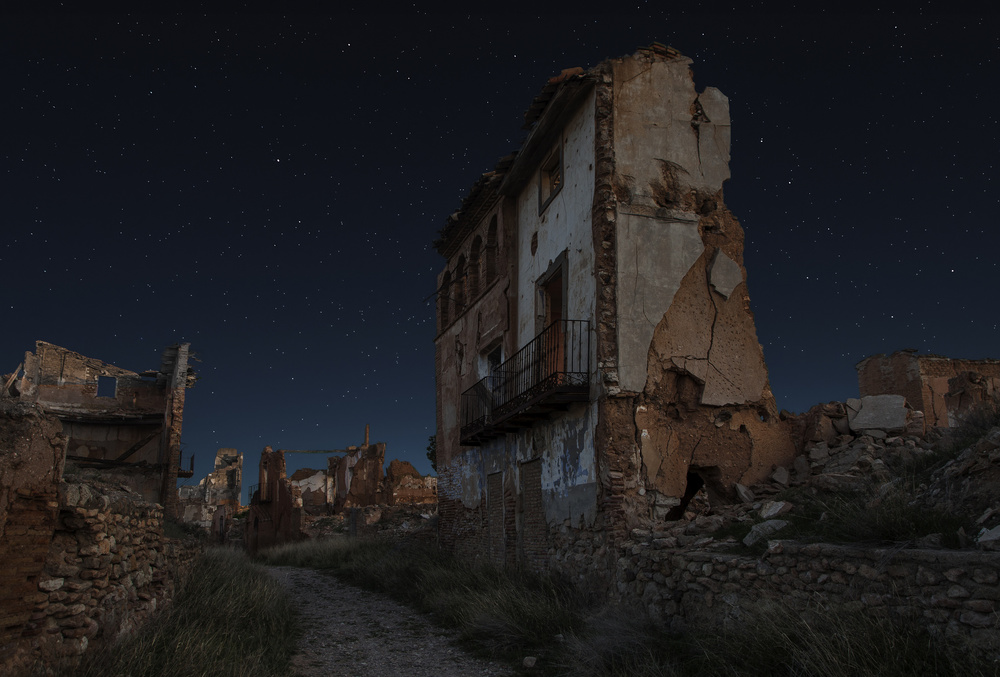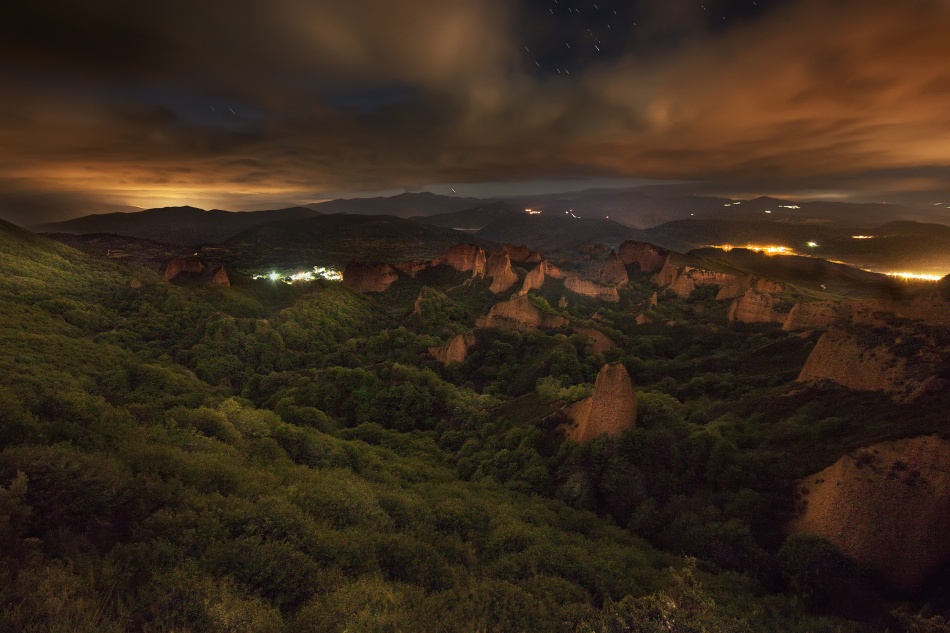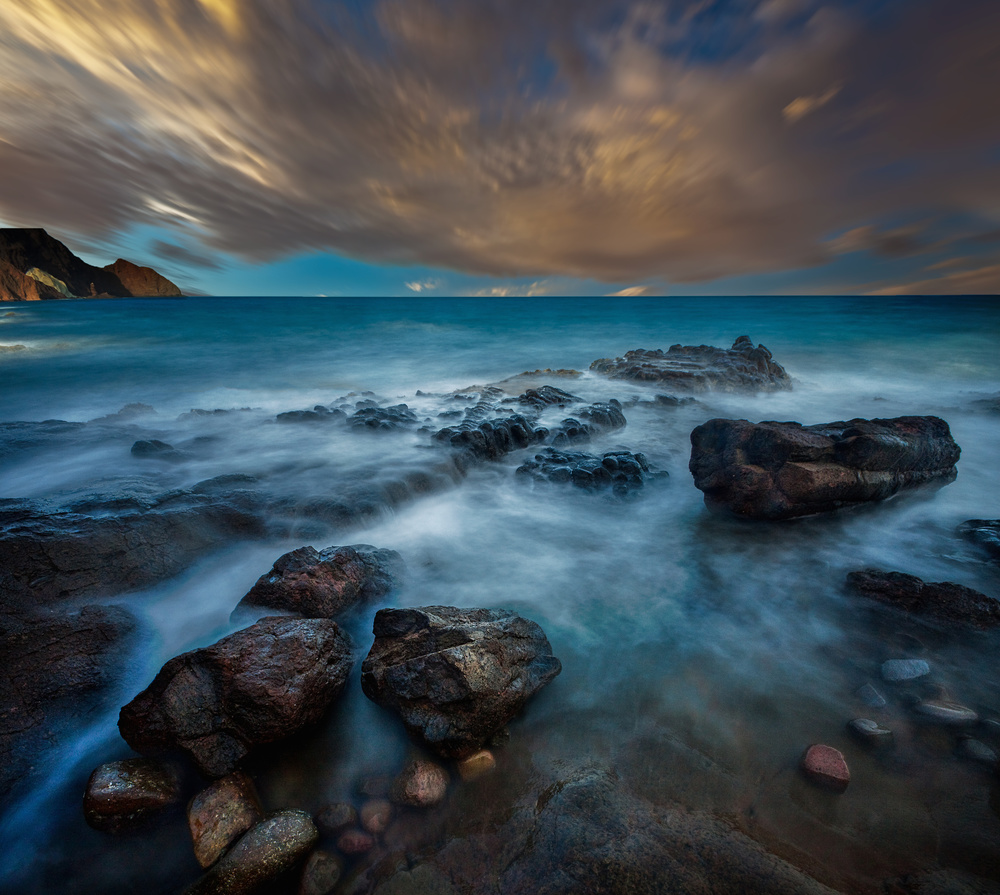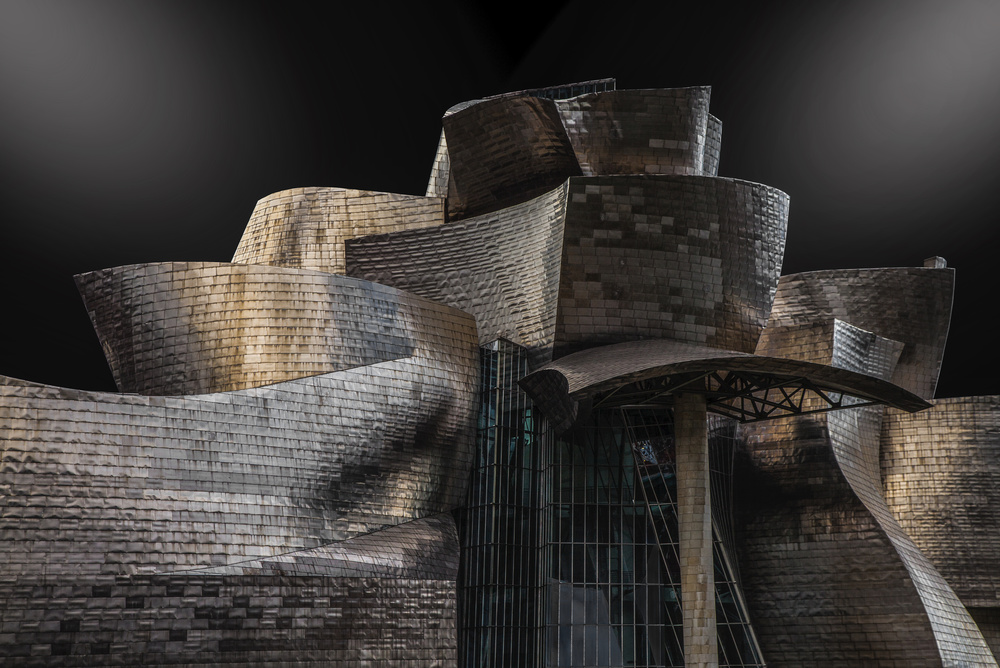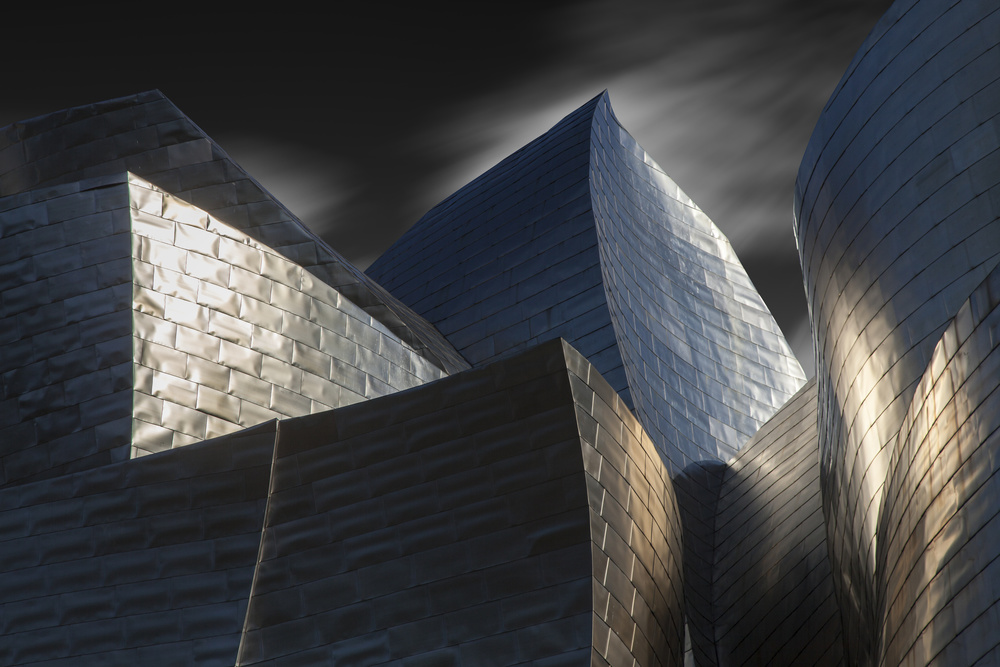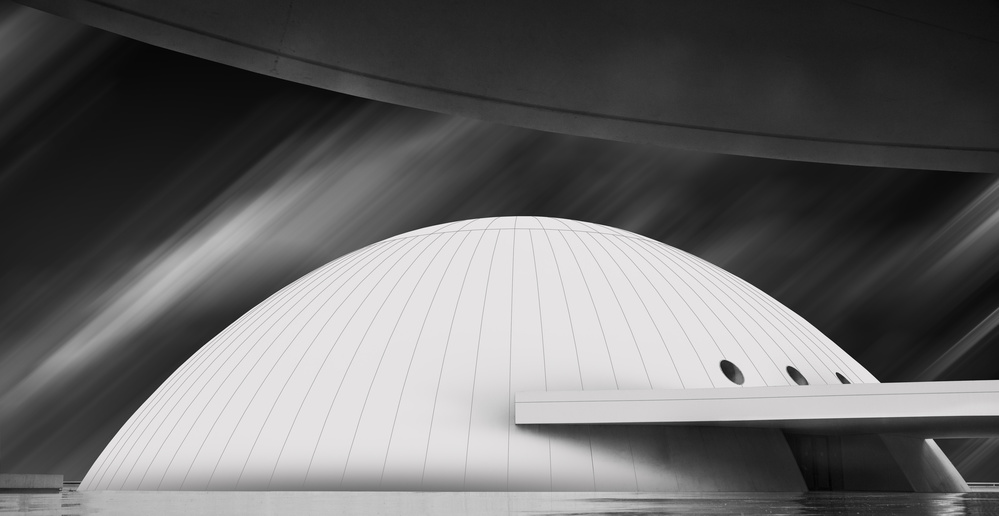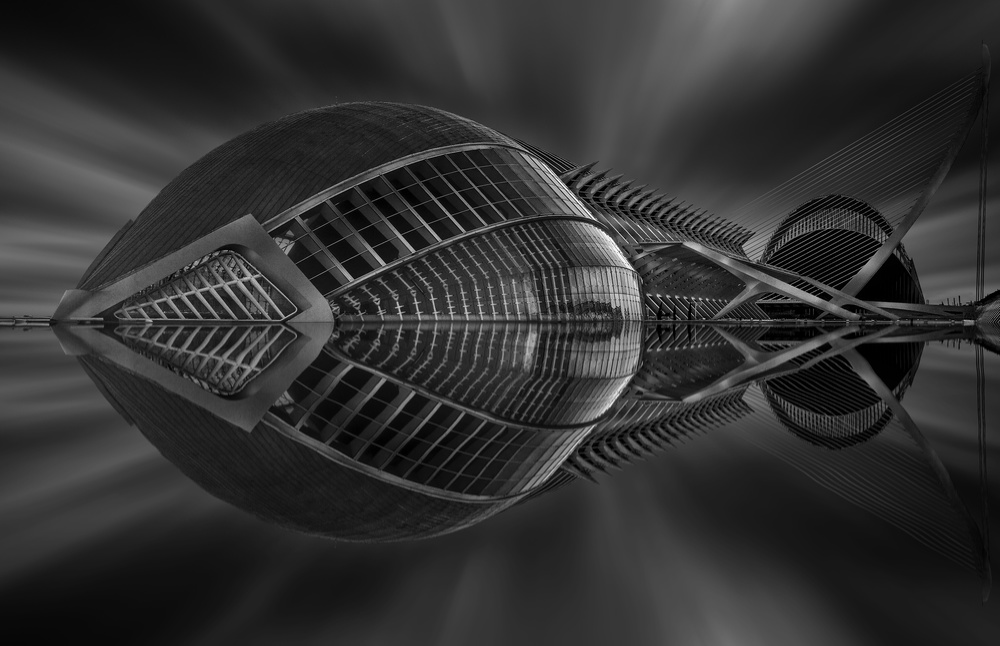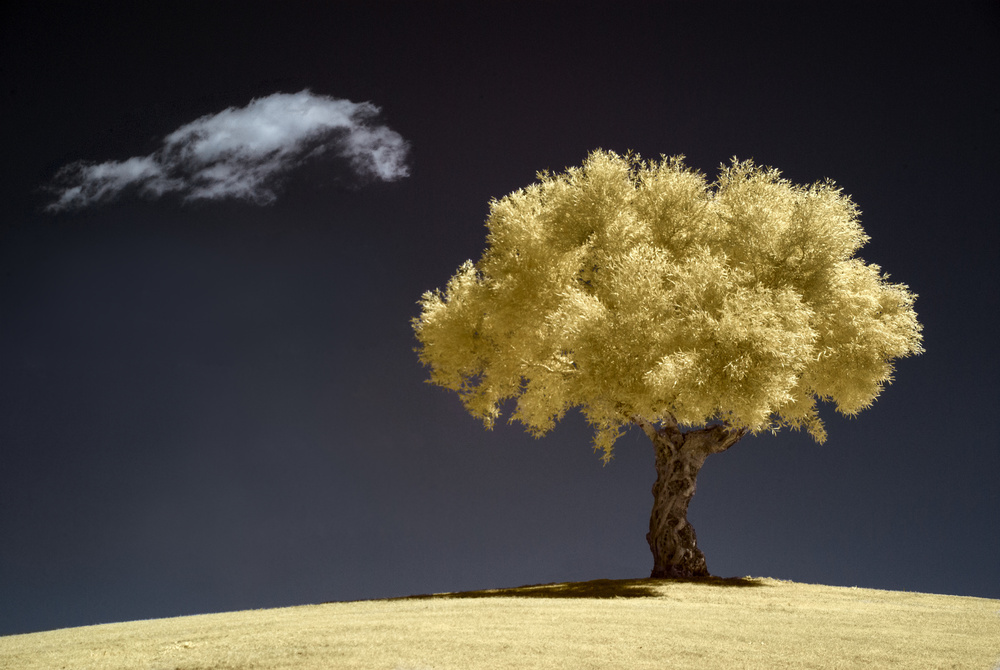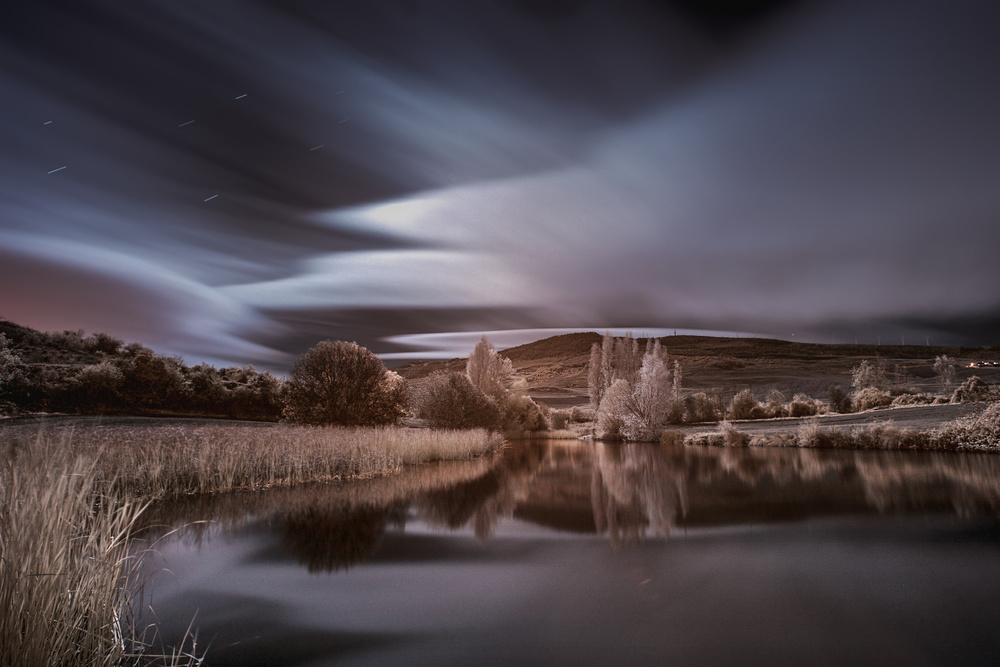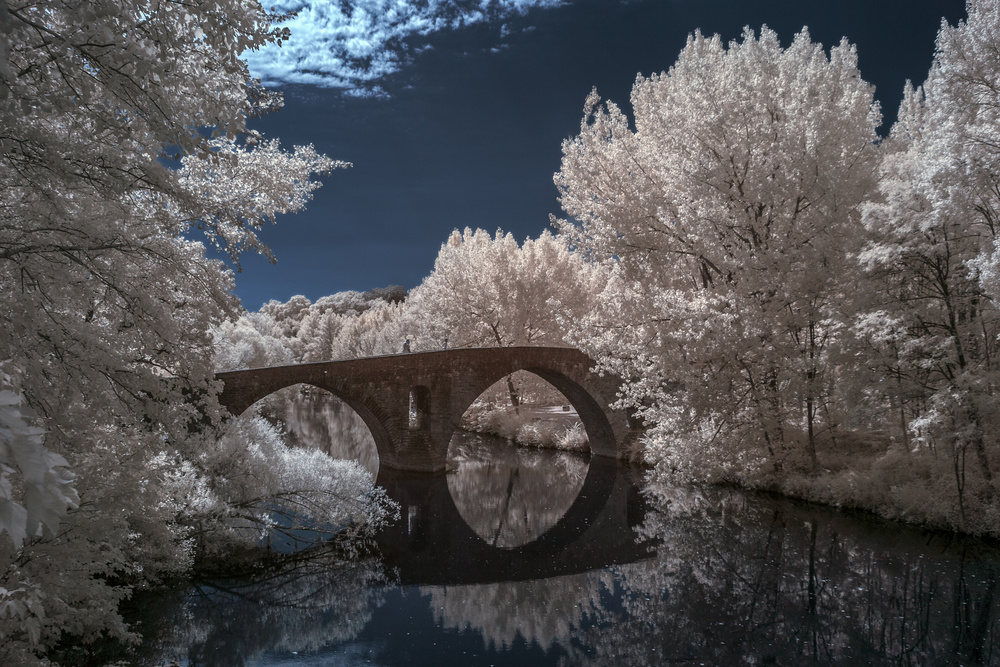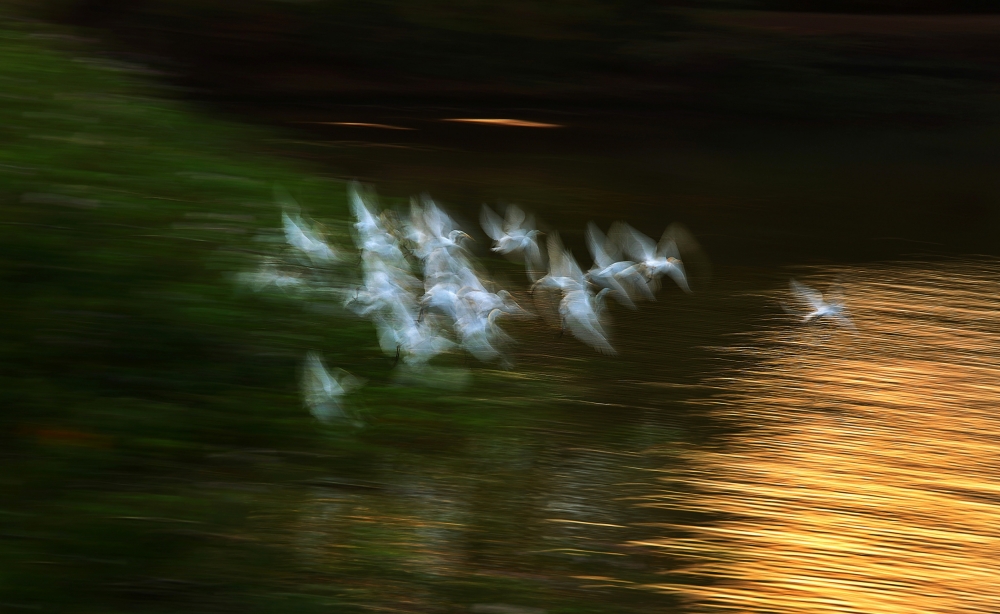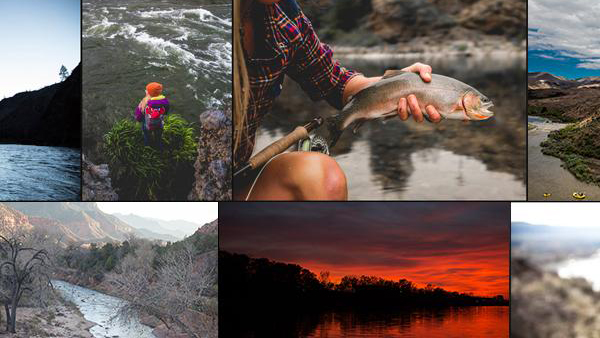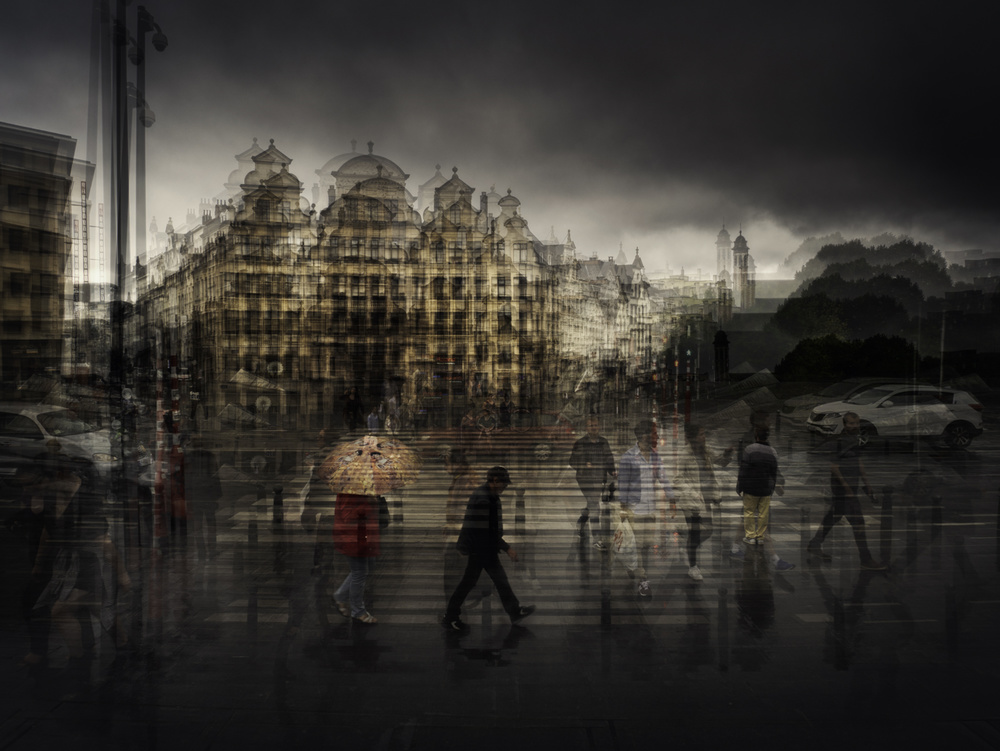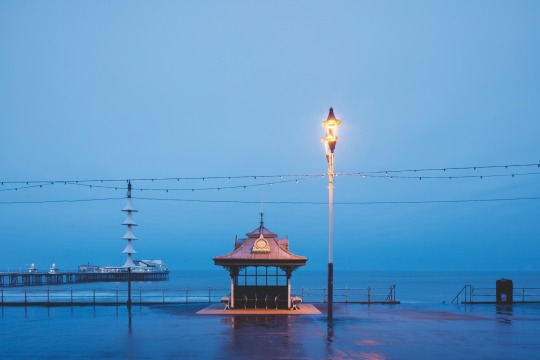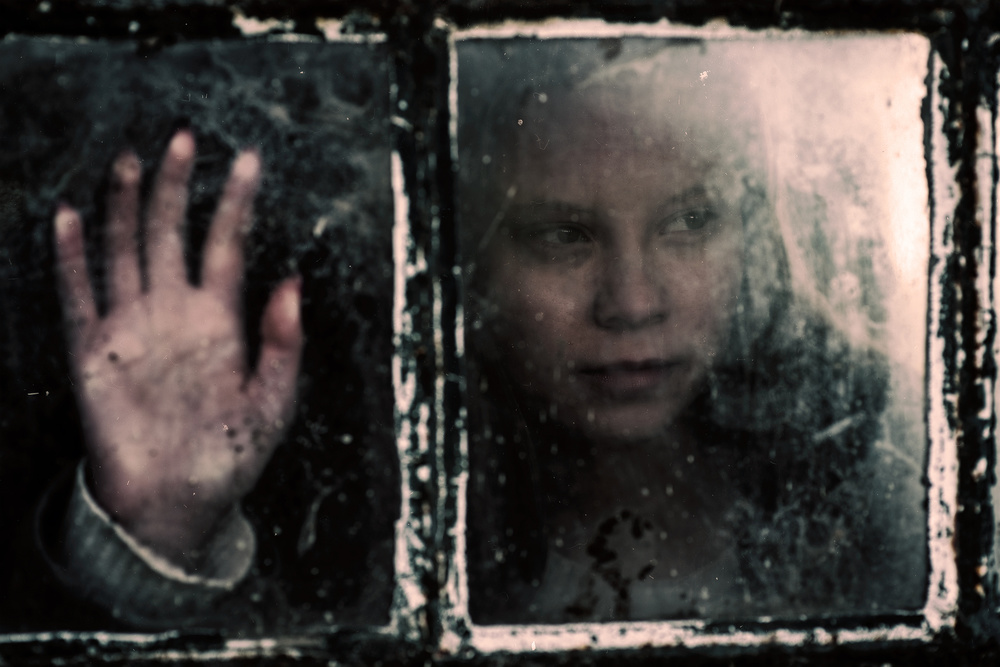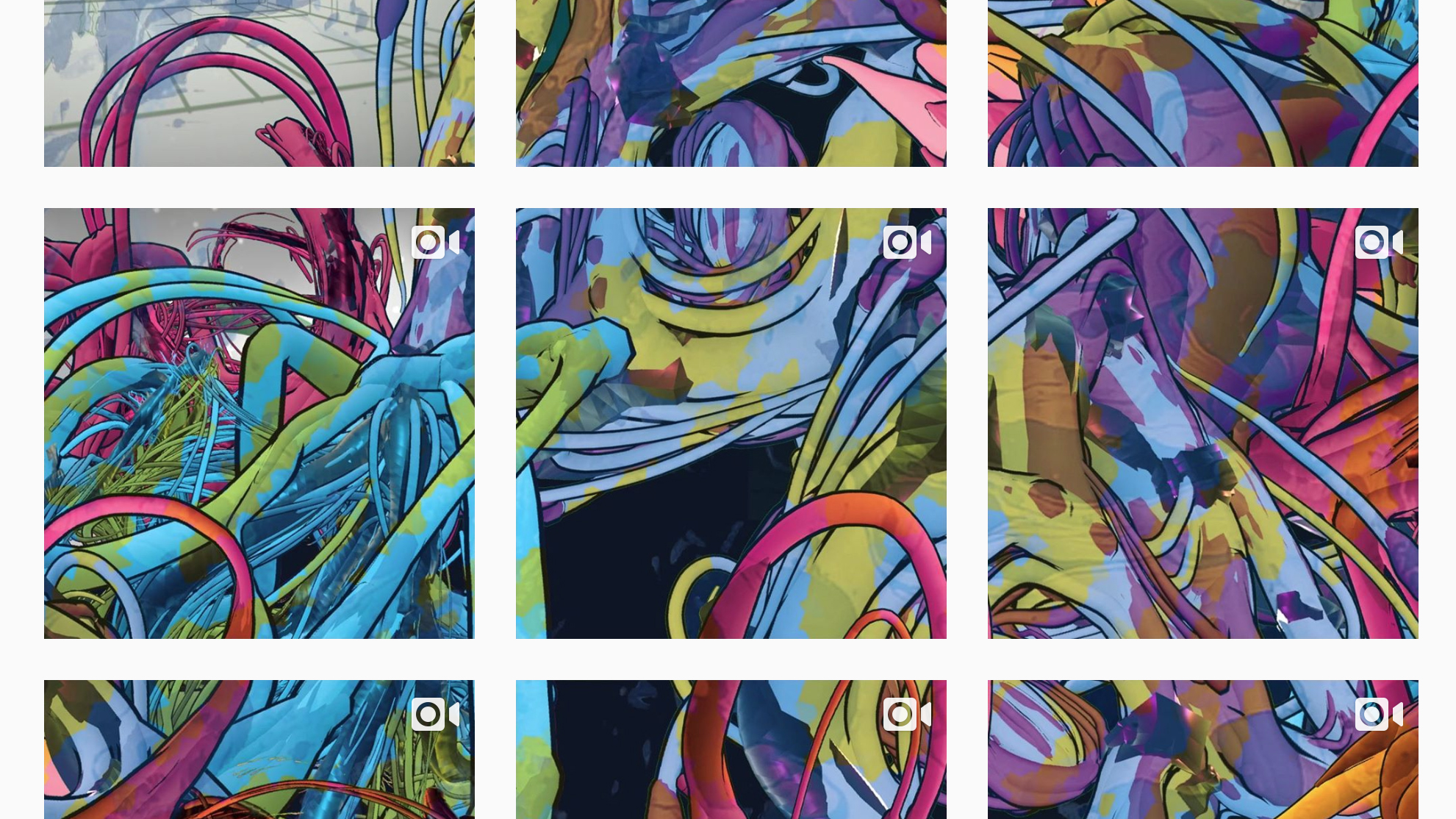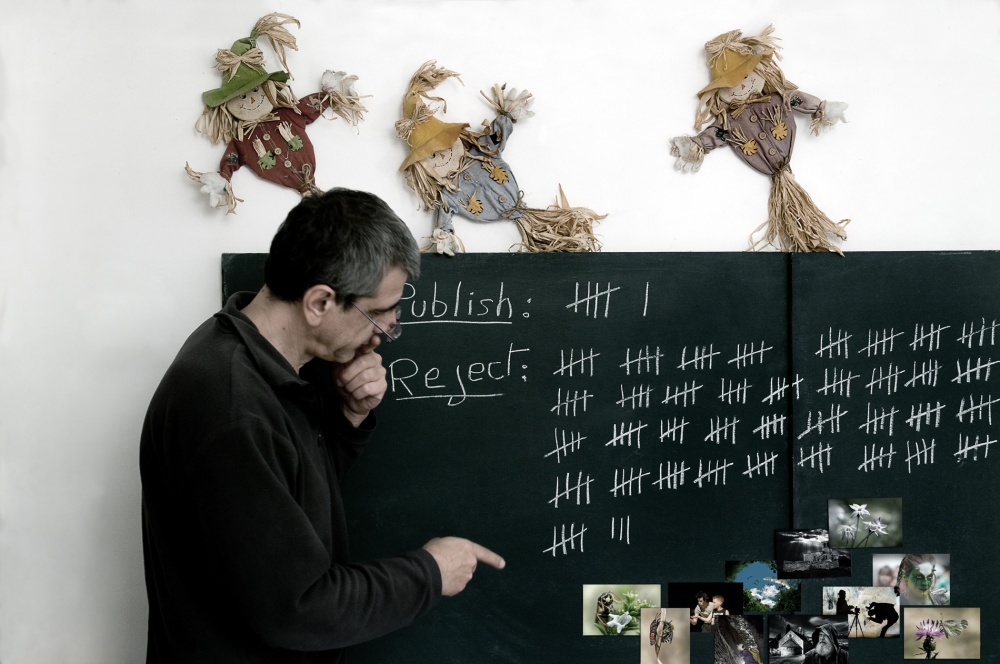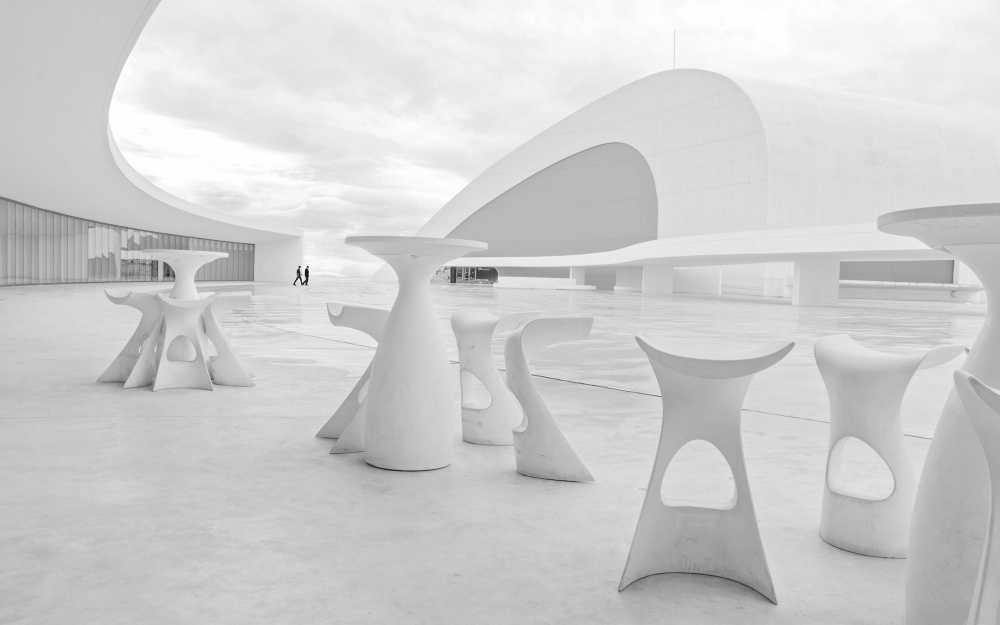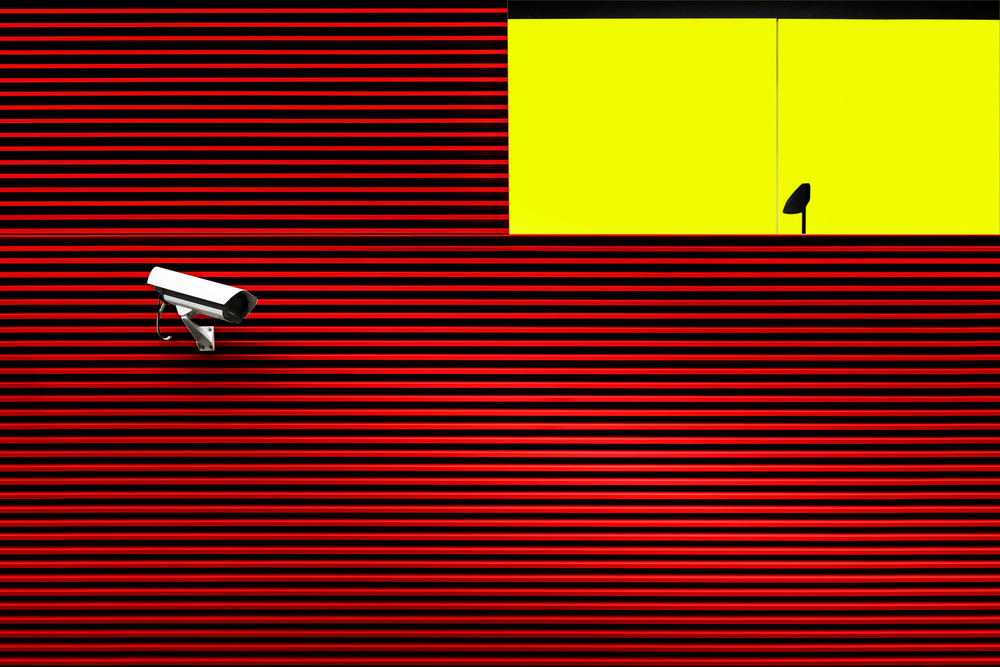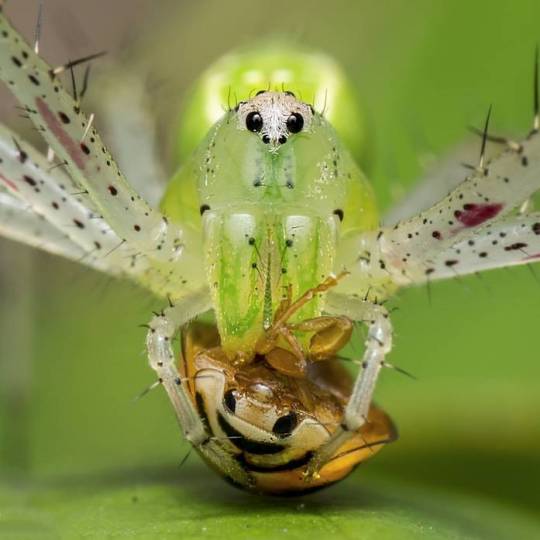Photographers

Martin Zalba: When Music & Photography merge into perfect harmony
1x Blog-PhotographersA time ago, we published an interview with Spanish artist and 1x member Martin Zalba.
Martin is both a classical music composer and a renowned photographer. He merges his experience in these mediums to create stunning photographs that depict breathtaking views and yet so much more. The influence of music drives his compositions, as he strives for harmony of colour, rhythm of perspective, melody of framing, orchestration of processing, and the counterpoints of shadow and light.
Today, we like to present you a part of the interview by
Enrique E. Domínguez published in the magazine “Fotografo Nocturno”, issue 7, December 2017
An artist from head to toe, a gentleman from head to toe. That's how we would dare to define Martín Zalba after having delved into his photography and music work, and after getting know him a bit better through the different conversations that have led to this interview. Martín is a musician and composer, apart from photographer. As a photographer, he is curious, restless and brave, capable of putting into practice genres as different as the ones you’ll see in the photographs illustrating this interview. This hasn’t turned out to be an ordinary, mainstream interview. We deviated from the path of the evident, the expected, to discover other routes which have made his photography and music what they are today. His personality, creativity, vision, inquisitiveness, experiences… those details that shape a person’s character and end up inevitably captured in his art, are what we seek to discover with the intention of better understanding why every aspect of his work is the way it is and not any different. Beyond technique, composition, subjects or framing, it is the build-up of everything lived what makes each one do things one way or the other in this art form. Because photography is not only the image you observe, but also everything in life prior to pressing the shutter.
“I try to be creative, to present in a personal way my intimate self who wants to communicate” ~Martin Zalba~
Martín, you are musician and composer, how do you get to the world of photography?
Well I get to photography as alternative therapy to a moment in life I was preparing for public examinations to be professor, the only ones that took place in Navarra in 30 years, for one position as Composition Professor. I didn’t get the position. For some time I lost the excitement to be professor, although my only choice was to keep working and I said to myself: “ok, so far you don’t practise as a musician, but you’re a creative person and should keep working on another facet different from music, that’s how I landed in photography in 2008.
Besides, I was already composing non-stop for a few years and my head needed some rest, as I started to say the same but in different shapes, and I think in art one must say different things in each play. The same happened in photography, I’ve also going through break periods to mature. I’m of the opinion this dynamic is necessary if making progress is the goal. I’m lucky to swap between both facets and eventually I think I’m getting to join them my videos with music. This way I widen my photographic perspective and merge it with my music.
“Creativity needs to be fed and everything counts, any art form”
Have you had any education in photography or are you self-taught?
My development has been and still is autodidact. I’ve learnt, and learn very much thanks to colleague photographers, internet tutorials, but I always try everything and while I process photos, I research and seek new development techniques that are more appropriate, retouching each time only what’s necessary, because the photo loses quality with each post-processing step, I believe. As I work on the photos, I keep evolving in the way I do it. Each image is a world in its own, requiring a different and unique treatment. I try different techniques to achieve the same result and then I go for the one that is more convincing. I’m a curious person, explore the different possibilities each tool offers (mainly in Photoshop). Almost every day I spend some time to analyse photos from different angles. This way my visual experience and critic, aesthetic sense keeps growing. I always learn something from others and take note of the most interesting aspects. Looking at others’ work, there are ideas coming to my mind that, after I process them, become part of my way of working. Perhaps one of the most important goals in art is creating personal, recognisable work that can be distinguished from others’, and that’s something difficult and tough. I keep thinking there are more “re-creators” than creators and I keep seeing it photography and music.
“Infrared is different from everything else, I’m really interested in it”
I’d like the readers could get to know you a little better, not only through your photography but also through your music. Please, talk to us a bit about that facet of yours and tell us how we can listen to your work.
I started my career giving piano recitals, playing with symphonic orchestras, and at the same time I was finishing my composition studies. I had the opportunity to work as counterpoint and fugue teacher in Pamplona’s conservatory, I moved there and park my role as teacher and concert. Since then I focused on composition. It has given me many professional and personal satisfactions. Almost of my symphonic work has been recorded and performed in the most important festivals in Spain. Part of my work is published by Spanish and foreign firms, there are monographic CDs with my music, many TV broadcasts, Radio Clásica from RNE, Fundación Juan March, etc.
My music could be framed as impressionist-modal, not giving up on melody and with enough counterpoint texture. It is non-contemporary music if one considers “contemporary” as vanguard music. I think my music is more attainable, with a language more or less familiar. As with photography, I try to be creative, to present in a personal way my intimate self who wants to communicate.
Now I try to assimilate composing for audio-visual media because, as music supplements video, it doesn’t need to have as much content as when it’s addressed for a concert hall, which so to speak self-sufficient. When it’s for audio-visual media, it relies on images, enhances them. They are two types of music with different approaches. It isn’t easy for me as I’m used to compose “dense” music. My work is compiled in the following link: https://soundcloud.com/martinzalba. There one can listen to recordings of almost everything I’ve produced.
Your musical talent is impressive and your photographic work deserves lots of admiration. You must be a tremendously creative and sensitive person to be able to offer so much in two artistic expression forms that are so different and require so much education and talent, as music and photography are…
With regard to creativity, I think one is born with it and if one is aware of it, it should be developed, materialise and share it. If you’re a creative person, you have an inner need to give it shape and form, and find a material outcome for it. I think it should be that way.
Before photography I drew very much, did oil painting for a few years and then I went through watercolour. In order to use those techniques, it’s necessary to see paintings, drawings, attend art exhibitions… I’m a regular at exhibitions, visits to museums, internet, etc. Creativity needs to be fed and everything counts, any art form.
Music and Photography are both excellent media to convey emotions and feelings to convey emotions and feelings, they reflect accurately states of mind, have a great story-telling power, are universal languages…
I think photography and music are apparently different but I see them close and try to get them even closer. Music, as well as photography, has proportions, space, volume, textures, density, light, darkness… what happens is we only see and feel them in our intelligence and heart at the time we’re listening to them. Both disciplines recall, recreate, fill us up with travel through inner worlds, feelings, memories, states of mind from the past…
When I compose, I often think in atmospheres I’ve seen in photos, in lights with certain colours and textures, in distances, in different attention levels. It turns out something similar occurs in photography. There are times, when I practise photography, when I’m humming melodies because what I see through my camera’s viewfinder triggers it and, otherwise, when I arrange a video of my photos with my music, or now using the drone, I compose the music depending on what I see in the footage. I believe there is an only secret in all this: very much love, work and perseverance. We composers talk about orchestral colours and textures when we piece a composition together: we think about weight, density of music and trajectory through time. I conceive both disciplines as a travel, through time in the case of music, through space, light and colour in the case of photography, and both share those and other dimensions. They’re great vehicles for emotions, story-telling, universal languages in different physical media.
Furthermore, I think somebody’s inner world behind art becomes visible if one pays especial attention, both in music and photography. How much from oneself is present in somebody’s own work?
From oneself? Well, all one wants to express and is capable of doing it through the technique. The lack of technique enslaves us because we can have good ideas but if our technique isn’t good enough to materialise them… Strawinsky said music in its own doesn’t communicate anything specific but it’s subjective because when listening to it, each person reacts with feelings, thoughts, memories, experiences. Possibly a good creator knows how to trigger these mechanisms, as a photograph provoke similar things in us. Maybe photography is more lineal and music is broader in that sense, music as feeling and photography as impression. Also, I’ve always considered great creators are those who remain present at all their art forms through fashion trends, and the content of their message endures through time: The “oneself” who is able to connect with the “oneself” from the others, in different moments… are we already part of an eternity and we want to make an impression somehow? Transmitting the inner self through beauty? Perhaps our world is part of a superior being and we’re just a particle there?
The lack of technique can be a limitation to certain extent, but don’t you think creativity lies above and is more necessary than technique? After all, we all can learn technique through study, however talent and creativity are innate.
Since we are young, with start with a degree of creativity that keeps developing and widening through study and technique if we work on it. Maybe creativity knows no boundaries, as if it were an endless path full of forks that we cover till our last days. It’s possible the same creativity demands more from technique every time to develop and evolve.
In both art forms, music and photography, we talk about composition and in both of them we could say have a similar goal in terms of the final outcome. However, the “raw materials” are very different, music is composed by creating from scratch, while in photography there are already some elements in the scene and it’s composed rearranging them…
Yes, it’s true, but in photography to begin with we search for a certain composition that, in our view, has an order, a proportion. Perhaps still life is the closest to a music piece because we start from scratch, as in music we talk about an empty staff. If we think about landscape photography, it’s true we have an initial raw material, and maybe there both art forms set apart. In music one can find what we call descriptive music and programme music. The former depicts scenes, landscapes, etc. The second delves into a plot, literary mostly (a sentence, a poem) and actually we have opera, integrating all arts. There the “scene” is just a visual representation of different moments in the plot, that’s why I think they’ve always been very close to each other.
Usually photography changes the way we look, we develop a different perception of our environment, we start perceiving the beauty that would have otherwise gone unnoticed… how was that process for you and how do you think it has enriched you at a personal level?
Learning to see is the most important contribution photography has done to me. In music I already practised “learning to listen”, so I’ve just applied it to photography. To my students I insist that looking is not enough, you have to see. Seeing is looking consciously and with analysis to know the intention “between lines” (in this case among the musical graphism of a composition). The composer lies most of the information from the musical content with the way he writes the staff music. He doesn’t say with words what he wants to convey with music, because that’s almost impossible, unless one adds comments to a sheet music. This process began when I started to mess with the pencil and I keep learning to see, to become more aware of the details, same with listening. There are different ways to attend a concert: to “listen” to a piece, to get to know it or to “study” the interpretation of the piece. I think the real beauty of things is most of the times hidden and, as we delve into details, we get closer. Perhaps photography is a more concrete art form while music is more abstract, same as with eyesight and listening sense.
Would you say the sensibility and experience your musician and composer side gives you is capture somehow in your photography?
Yes, of course. I believe photography has its visual rhythm and emotional journey. Both aspects are present in photography and music. To me they are like a travel, with its route where there are stops where one can stay to contemplate, to recall, to dream. In general they both generate “mood”. Sensibility is maybe a deeper and more sophisticated way to look at things, to capture them with a subtle and personal point of view. The minimum details presented in a personal way are perhaps the essence of sensibility. I find hidden corners where to stop, both in photography and in music. In photography everything is still, not in music, because time goes on, things happen until the end is reached, the sound moves…
And the other way around? Do you feel your photographic experience is influencing your music compositions anyhow?
At the moment yes, because I’m composing for video, mainly since I have the drone and I’m busy with my first videos. It’s a privilege being able to compose what I feel when I’m in a place and, on top of that, I can express it with images from the video too. One can’t ask for more, as I merge the two activities that make my artistic life. The drone lets a dream I’ve always had come true: flying. I’ll never be able to do it physically but it’s a derivate. The drone contributes with an aerial point of view and gets me closer to things from somewhere that isn’t the ground, and that’s a big discovery for me.
It’s incredible how drones have evolved and the new opportunities they have opened. We see the world from a completely different perspective and increasingly more photographers find new forms of expression thanks to this technology…
Yes, the good thing about the time we live in, of great technologic progress, is it lets us face many science and arts aspects from a different angle, or from a traditional one but much deeper. It is a booming resource in a growing and development stage in terms of its possibilities. I think in Spain legislation will be changed because at this moment is very restrictive, to the point of limiting industrial development. We’re still to see what those changes are about, but I expect us to be better off.
An eagle’s eye or that from a creature able to keep floating, a wonderful way to see things. We are all fascinated with an eagle’s eye because we’re tied to the ground… I believe it’s one of the most intimate satisfactions from mountaineers and climbers: a bird’s eye.
Photography, video, illustration... Leaving aside photo compositions, which are a world apart when we talk about processing technique, in more or less detail, in the photography world, there is a need to set boundaries. Why can’t we do simply as we please and give free way to our creativity and personal point of view, as we think it’s more appropriate and with the tools we want? Does limiting art make sense?
Trying to set limits to things is a sign of insecurity, ignorance – lack of culture or fear to the unknown. It’s like refusing to give away the rubber ring we cling to in the swimming pool when we’re learning to swim… There must be freedom in creativity indeed. The thing is that creates an insecure feeling in many people, or a feeling of confusion when you take them to uncharted territory, because most times there are no references and their absence creates insecurity. It’s like suddenly we take a leap of faith to a new dimension we didn’t know until now, and we don’t know what to think or what to do there.
In this moment the name of the photographer (or I’d better say artist) Sol Marrades comes to my mind; Spanish, from Valencia. If you see her works, you’ll observe the fusion she makes of photography and visual arts (painting) using digital retouching, Photoshop I suppose. Besides a great artist with a very developed point of view, in a personal and creative sense, her processing technique is such that I’d like for myself. She, among other cases, is a live example of creative vanguard with an exquisite taste, at least to me. Her images generate surprise, behind them there is a deep knowledge of painting, its diverse techniques, and I mention her as example of free creativity, but there are other different styles that are as good examples as her. Most of her work has a “classic” or “conventional” background but impregnated in great visual advance. She is one of those admirable road models that justify the questions you are asking me in this stage of the interview.
I should remain within ourself trying to make progress, searching for the most personal way to transmit your life experiences through art, without forgetting art is a language, a media, intimate and personal, with others.
We must apply that to photography processing as well. In music, to mention a silly example, we could talk about evolution in building musical instruments. Nowadays they keep evolving, and in such a way, with deep research into acoustics, materials, resistances, endurance, etc. It’s curious nobody has achieved to copy the varnish Stradivarius made for his violins, considering they were key in the magic quality of their sound, and I think they’re still investigating.
Everywhere there are advances, the digital format of photographs creates the need for digital retouching, cameras every time get more sophisticated, but for the time being they don’t reach the visual richness our eyes have. Then there is no other option than retouching. It’s true documentary photography, for press, quick news, doesn’t allow time for retouching because it must get published immediately. However, in fine art photography it’s quite indispensable. There are portrait specialists in skin or eye retouching, etc, that’s how detailed fine art professional retouching is…
In music, when I compose, I begin with an initial ideal whose details I keep polishing through my work. When I’m orchestrating, I deal with an infinite palette of pitches that I keep modelling, I mix, highlight, hide them, give them weight, lightness. That work around making micro-decisions is time consuming because they are all inter-related, some balance others.
That’s why, a music composition eight minutes long can take a year to finish, apart from maturing the piece, one must leave it rounded, complete and it’s the same in photography but in a smaller degree.
“Working with different types of photography is very rewarding, they are all related”
Architecture, landscape, still life, night photography… Looking at your work you seem a photographer full of inquisitiveness and brave when it comes to leap to try things. But out of all those disciplines, which one fulfils you most and why?
I’ve always been curious, explorer. If I develop a variety of disciplines, it’s because some supplement others; still life and architecture, I think they go together closely. I think it’s important working with different photography types because it’s very enriching and they are all very related. There are processing procedures I apply in principle to a certain technique and later on to a different one.
I search for spaces allowing creativity to deploy. That’s why almost since my beginnings I started with night photography. It has rules that are very different from daylight one. When I began with night photography almost nobody knew about it. Now there are great specialists.
In photography forums they considered me a weirdo, “that’s not photography because it requires a lot of retouching…” I also started early with infrared and, to make things worse, with night infrared which is more complicated. Infrared is different from everything else, I’m really interested in it.
The discipline that attracts most of my attention is the night one. She’s my companion from the beginning. She trapped me with her aesthetics, light at night which is so special, a different way to see spaces... and, above all, looking at the night sky, so deep, so essential, my private window to look at the universe, the immeasurable… at meditation, contemplation.
In your night photos, we can see it isn't only a matter of aesthetics but there is something else, let’s say, “spiritual”, reflexive… Please tell us more about it.
One day I found the night and she found me in the midst of a field, and I believe the eyes of the night are the is the sky that’s always watching us, silent… That’s the reason we look at each other and through our looks I perceive how tiny I am, and I always need to keep that feeling in mind, and I don’t know why, it gets transferred to my night photos. I can’t explain it with words, hence I try to say it with photos.
It’s an inner peace, a miniature immensity with the appearance of night landscape… Contemplating the sky and thinking the light from some stars ceased millions of years ago is a reason to reflect on many things. Standing next to any stone not knowing its age and thinking it will remain almost unaltered when one is gone is something to think about… feeling lonely in the dark helps to find oneself. However one must get used to it because we are made for daylight, we belong to daylight and almost always we turn on the night because we have to sleep.
“There is only one secret in all this: very much love, work and perseverance”
Before you talked about infrared photography. It’s an unknown field for most of us, could you give us some tips about technique, filters and processing so we can get a better idea?
Well, it would take a very long time to explain, maybe it’s better if we provide the audience with an article that has just been published in the LMF magazine. Its Director, Nestor Rodan, invited me to write it and there it is. (It can be downloaded clicking here).
In each of those disciplines you practise you use very different ways of processing, according to each one and, however, they all seem to me very personal and with a style of their own. What journey have you taken to find your own style of processing in so different photographic disciplines?
As I said before, having visual experience to begin with is essential, so that then you can figure out in your mind the result you wish to achieve in each photo. I suppose despite they are different techniques and themes, there are common aesthetic common criteria playing a role behind the personal way to look at things, which keeps getting educated and evolving, and they belong to the same person, they are common. Isn’t that perhaps an approach to what we’d define as “own style”? In this own style or way to do and look maybe that personal touch lives with regard to deal with light, colour, composition itself, etc.
To end in beauty, this video - images and music by Martin Zalba.
Enjoy ...
SoundCloud: https://soundcloud.com/martinzalba
With thanks to the Spanish Magazine "Fotografo Nocturna" for allowing us to use part of this interview.
Special thanks to Senior Critic Javier Roldan for the translation.
. '

